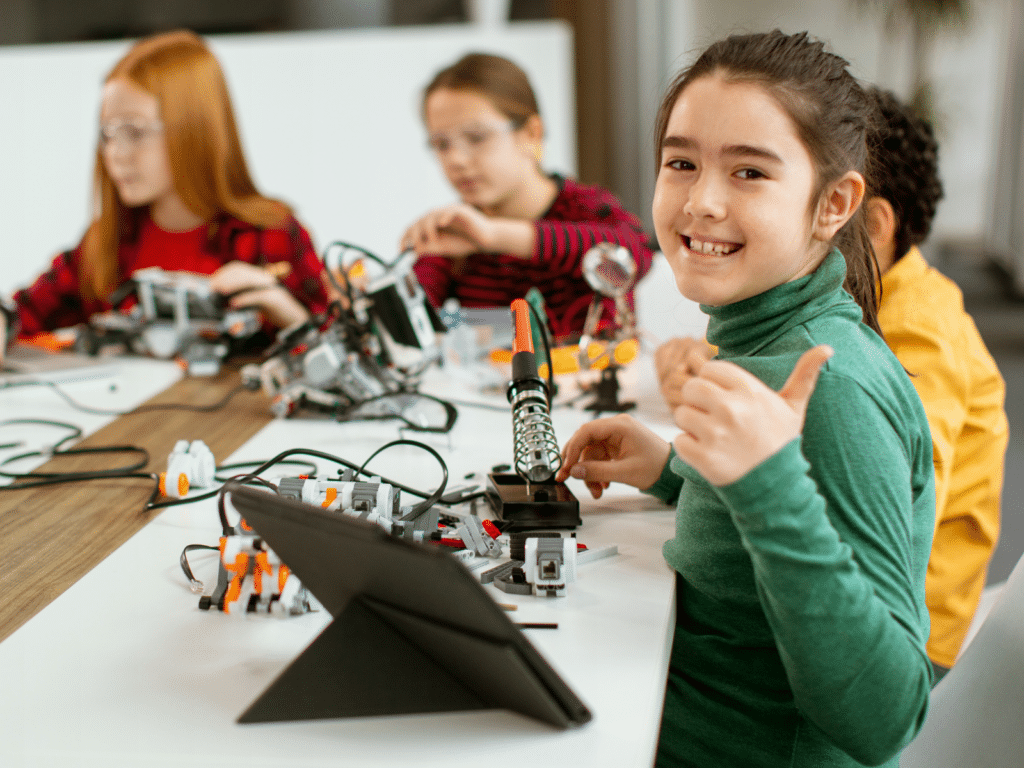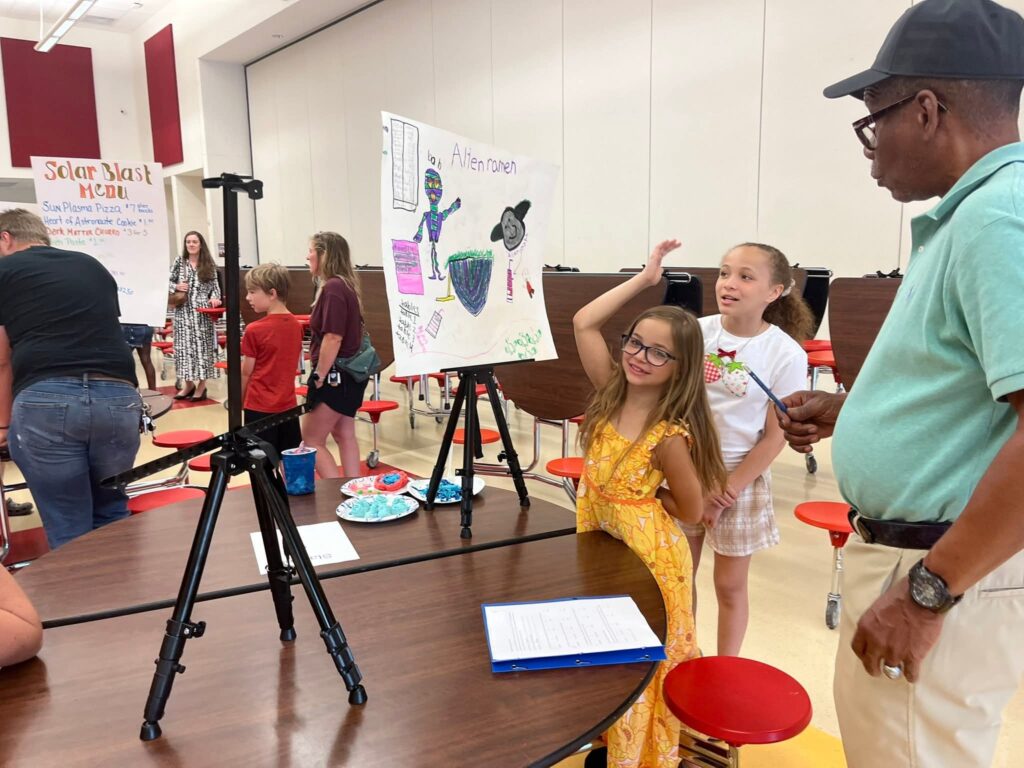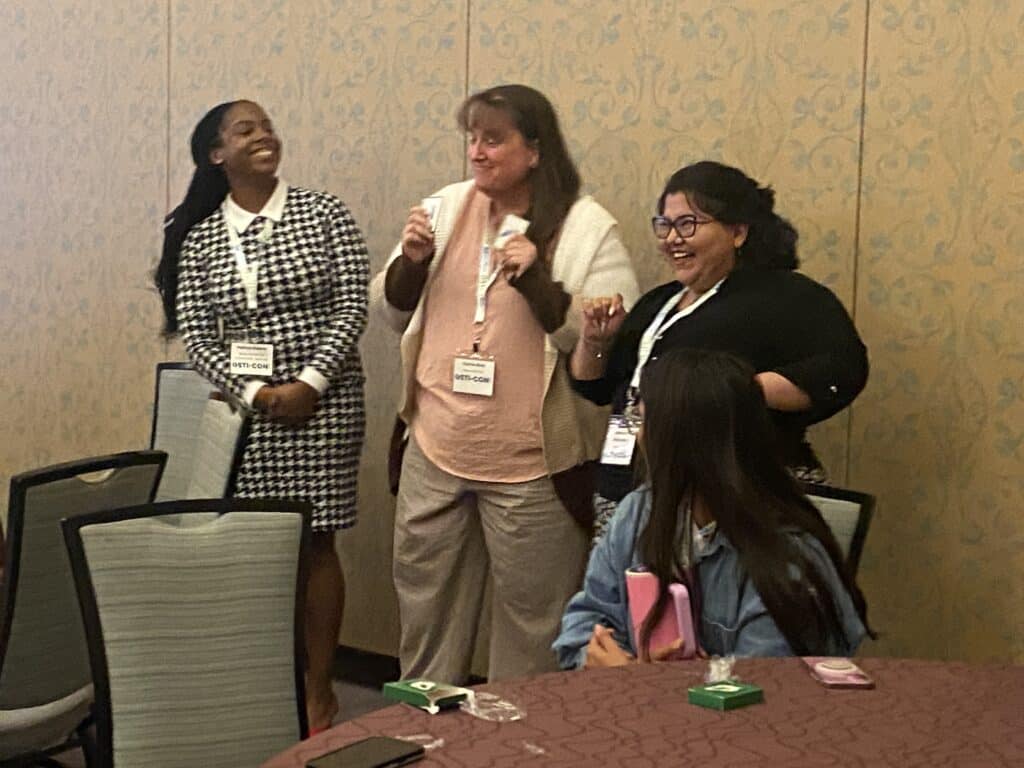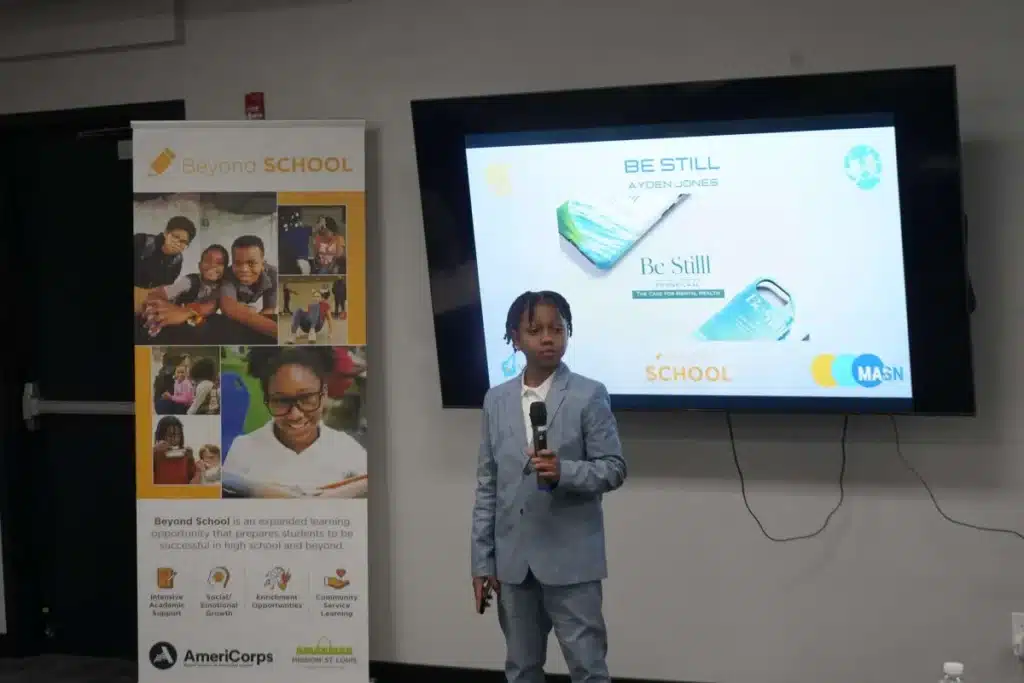In my experience as an educator at the university and K-12 levels, I’ve discovered three keys to building our pipeline of women engineers and innovators. In the previous two posts, I explored that we should enable girls to break free of stereotypes and that we should teach them to redefine and to embrace failure. Providing girls with entrepreneurship education also yield important (and seemingly unexpected) results in increasing their enthusiasm for pursuing careers in STEM-related fields.
At VentureLab, we teach girls to think like entrepreneurs, to anticipate needs, to innovate and to try things that they know might fail. We encourage them to work through and beyond failures because that’s where real learning takes place. We’ve found that when girls are exposed to entrepreneurial thinking, a profound change takes place. They become aware of opportunities around them, they learn to courageously and creatively problem-solve, and they become more confident in their ability to tackle challenges, big and small.
Now, hundreds of girls—and boys—have been exposed to entrepreneurial concepts through VentureLab programs. We walk them through the process of identifying needs, creating solutions, and taking calculated risks. We ask, “What if…?” And then we ask it again, pressing students to realize that creativity and innovation are processes that can be learned and practiced.
We encourage girls to stretch their imaginations, to allow room for their gut feelings and intuitions as well as logic. Girls learn to look around their worlds and to notice problems, snags, or everyday processes that could be improved. It’s what Amy Wilkinson in The Creator’s Code calls “find the gap,” one of the key characteristics of the 200 entrepreneurs she interviewed.
We encourage brainstorming about solutions and zeroing in on promising ideas. Girls learn to design and create a prototype, even if it is only drawn on paper. They learn to conduct research by asking friends and family their thoughts on the prototype. They follow through with their best solutions—and think about pricing, promotion, and distribution.
I once asked a 5-year-old student of mine at VentureLab if she had noticed any problems that affected her in some way. She replied that she always got in trouble for eating her Play-Doh. Kids have often tasted or nibbled at Play-Doh. It had bright colors and a salty flavor that appealed to kids. But could we do something about it so that eating Play-Doh wasn’t a bad thing? Could we make a Play-Doh that would actually taste good? These are the kinds of “what-if” questions we asked our students. And so we brainstormed and came up with the idea of edible Play-Doh.
The thinking behind this, of course, was that if you made Play-Doh out of food, you wouldn’t get in trouble for eating it. Eyes wide with possibility, this little girl and some of the other students in her class conducted market research! They surveyed other students about their favorite flavors and favorite colors. For their version of Play-Doh, they came up with chocolate chip and pink strawberry flavors. VentureLab instructors helped the girls make their Play-Doh and to create a website where they put up their pricing online and donned it Tasty-Doh.
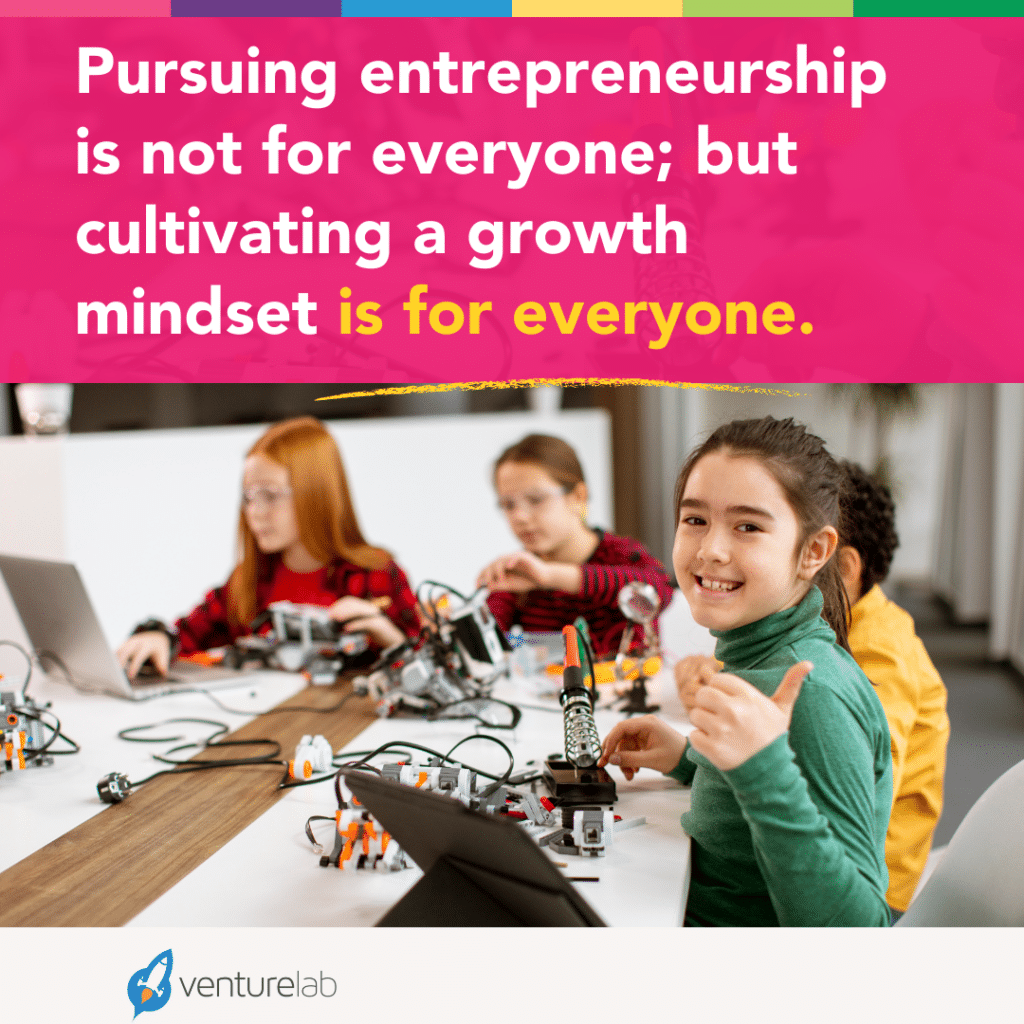
At the end of the program, these girls pitched their product and plan to an enthusiastic audience. Each of the girls left with $20. They had become entrepreneurs! These were 5-year-olds who otherwise would have been watching TV shows with boy superheroes and science whizzes rather than becoming science whizzes and entrepreneurs themselves.
It is vital that we plant the entrepreneurial bug early, in kindergarten through sixth grade. At a very young age, girls need the confidence and support to be self-directed so that they have the strength and tenacity going forward. If you show young girls that STEM is exciting and fun (and necessary to bring their inventions and products to life) and that there is so much opportunity for them, then they can overcome what society prescribes for them.
If we want more women innovators and leaders, then we need to teach girls to observe the opportunities that arise and to anticipate their needs. We need to teach them to innovate and create and to take calculated risks. No girl is too young to learn these things. Entrepreneurship for girls brings science and technology to life.
And if you’re looking for resources for developing a can-do confidence in your girls, check out our new middle school and high school curriculum to foster their entrepreneurial talents. And keep you eyes peeled for our elementary school curriculum!

